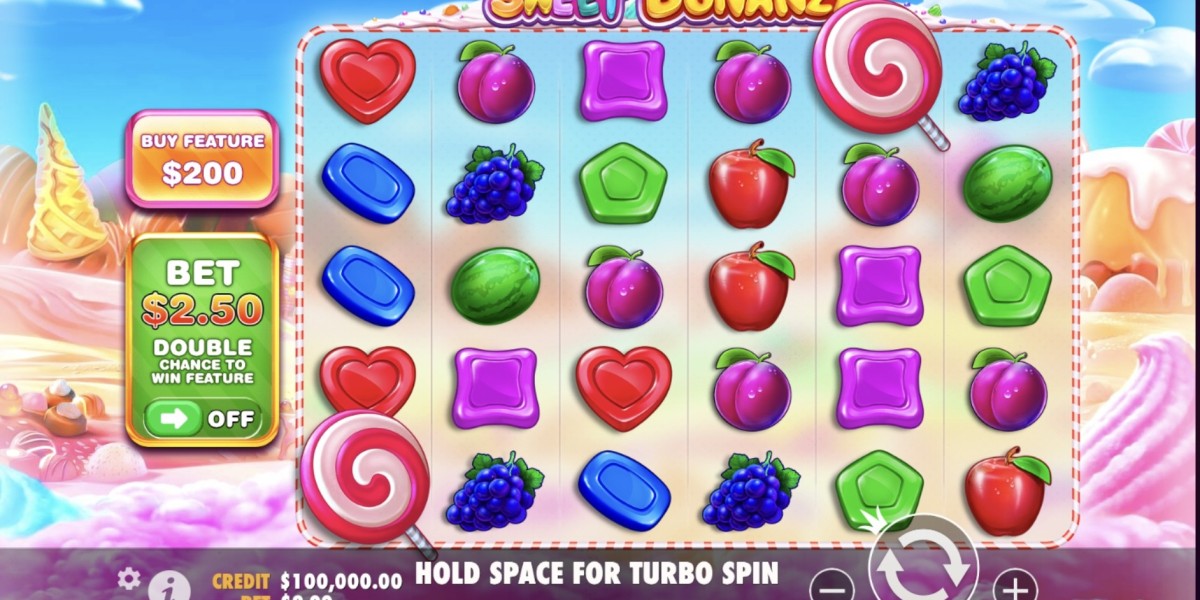The cold insulation market plays a critical role in enhancing energy efficiency, maintaining low temperatures, and reducing operating costs across various industries. As the demand for cryogenic and low-temperature insulation continues to surge, especially in oil & gas, HVAC, chemicals, food processing, and pharmaceuticals, this market has become a key enabler of sustainable industrial operations.
Cold insulation materials are specifically designed to prevent heat gain in systems where maintaining low temperatures is essential. These systems include LNG terminals, refrigerated transportation, cold storage units, and pipelines transporting cryogenic gases. The materials used—such as polyurethane foam, polystyrene, fiberglass, phenolic foam, and nitrile rubber—are chosen for their thermal resistance, moisture barrier properties, and ease of application.
One of the major drivers of the cold insulation market is the expanding liquefied natural gas (LNG) sector. As global demand for cleaner energy rises, LNG is being adopted as a lower-emission fuel alternative. However, LNG must be stored and transported at cryogenic temperatures of around -162°C, necessitating advanced cold insulation solutions to prevent thermal leaks and ensure safety. This directly boosts the need for efficient and durable insulation systems.
Moreover, growing urbanization and climate change concerns are fueling the demand for energy-efficient HVAC systems. Cold insulation in such systems not only enhances performance but also reduces energy consumption and operational costs, aligning with green building standards and environmental regulations.
The Asia-Pacific region is leading the cold insulation market due to rapid industrialization in countries like China, India, and South Korea. Government investments in LNG infrastructure and energy-efficient manufacturing are further accelerating market growth. North America and Europe also contribute significantly, driven by mature chemical industries and stringent energy efficiency standards.
However, challenges remain. The market must address issues related to the high cost of insulation materials, fluctuating raw material prices, and complex installation processes. Additionally, environmental concerns regarding the disposal of certain synthetic insulators have spurred research into eco-friendly alternatives and recyclable insulation products.
Innovations in nanotechnology and aerogel-based insulation, along with increased use of bio-based foams, are expected to open new avenues for growth. Market players are also focusing on customized solutions for specific temperature ranges and operational needs.






